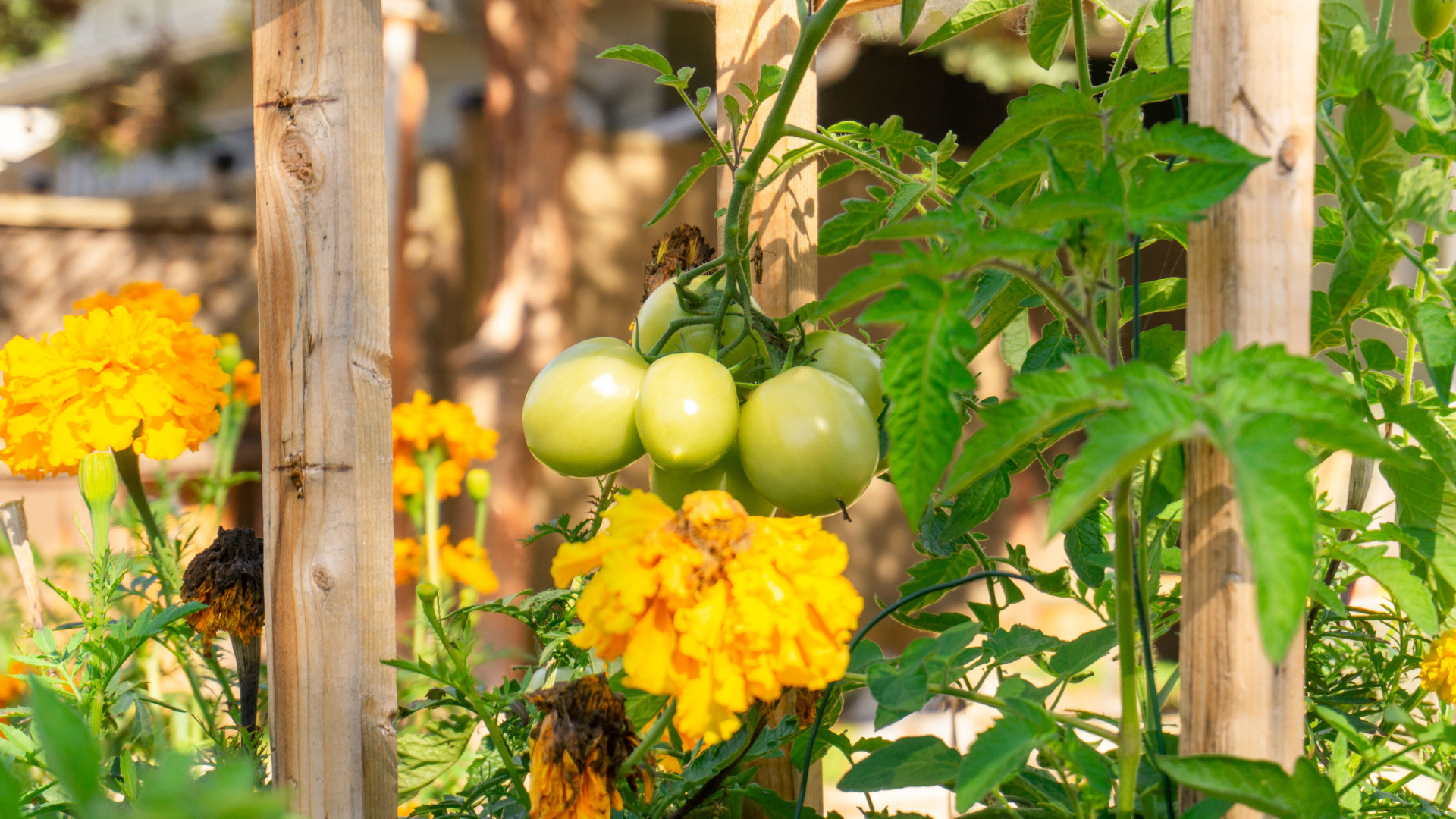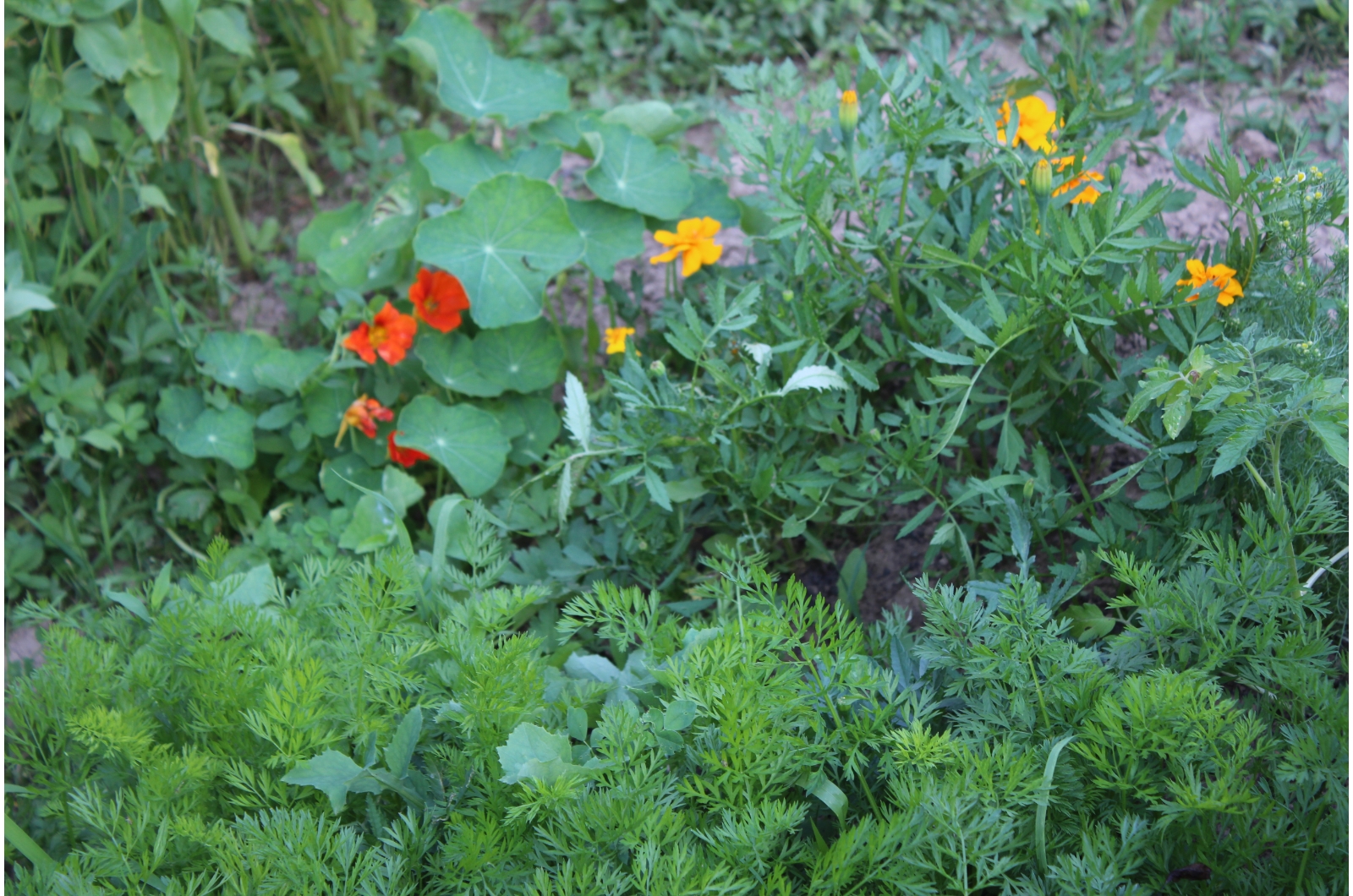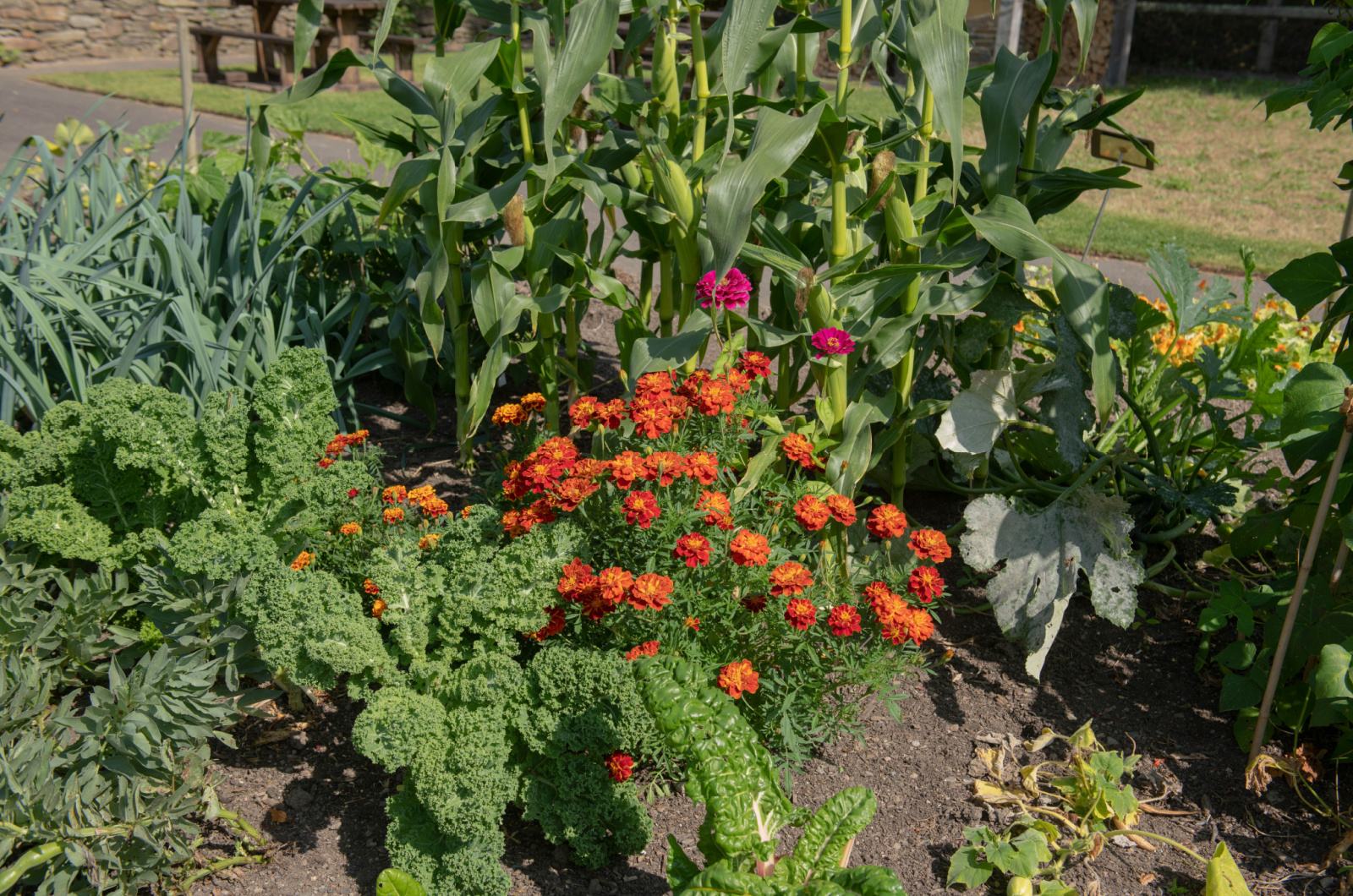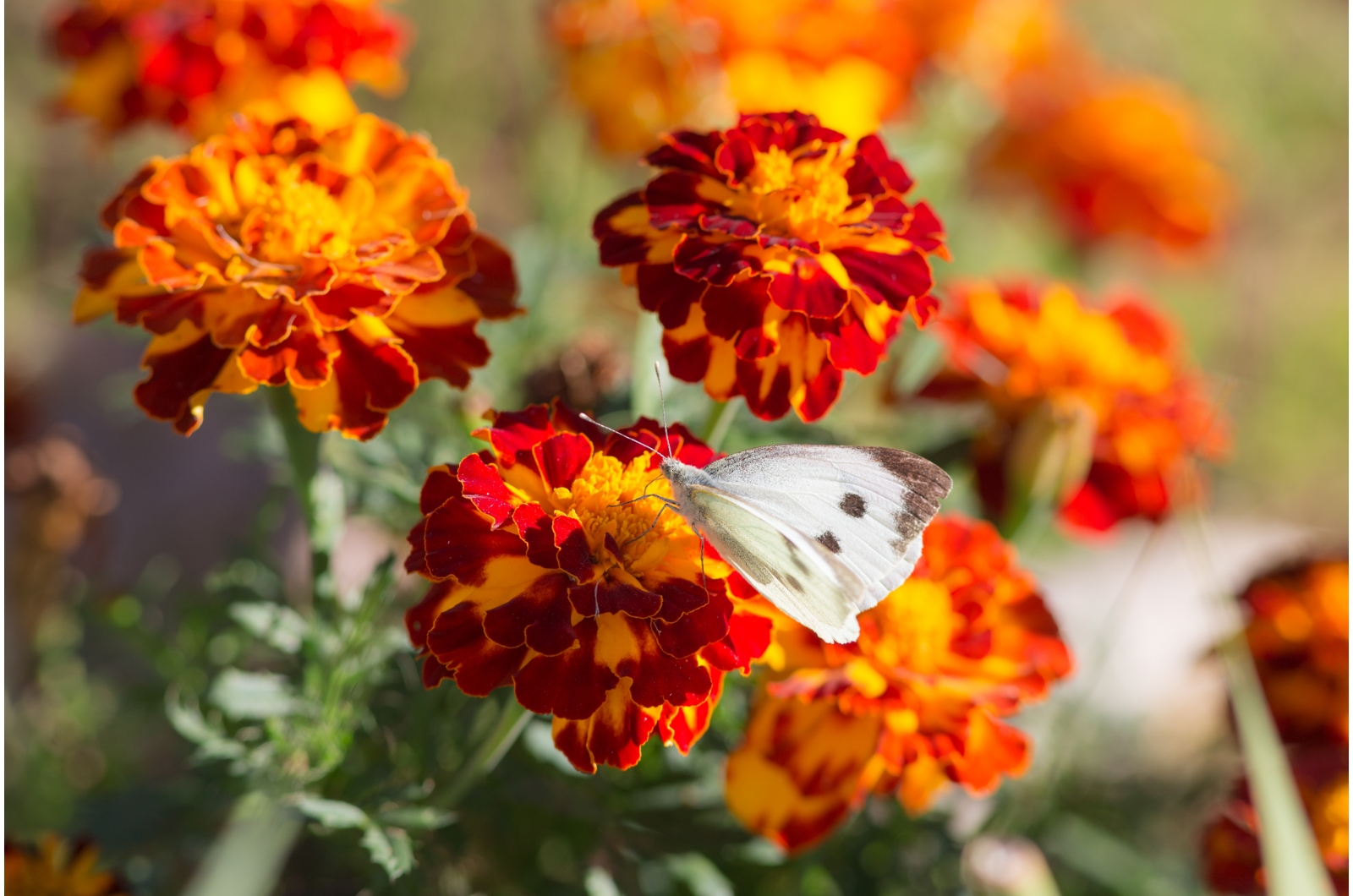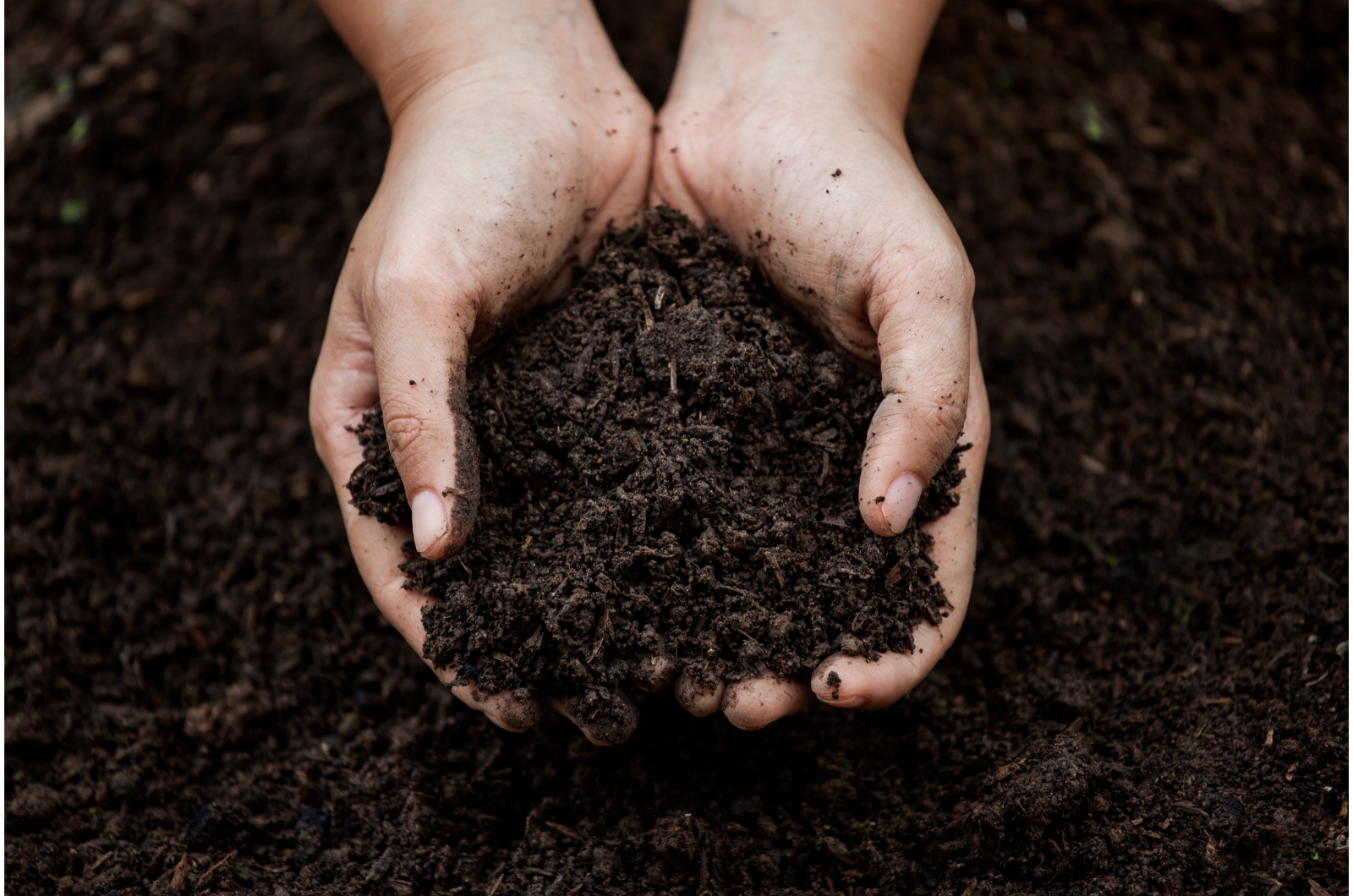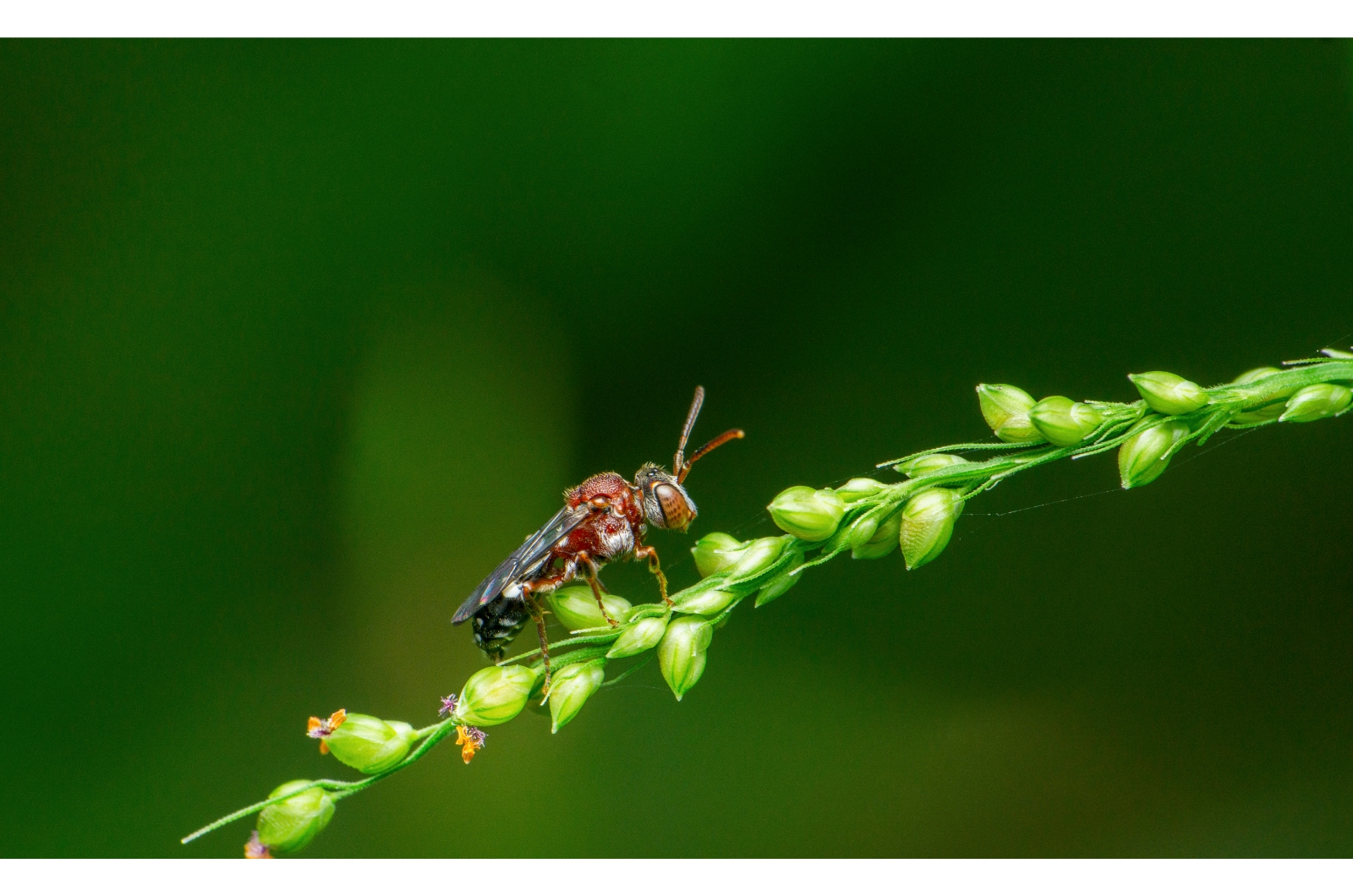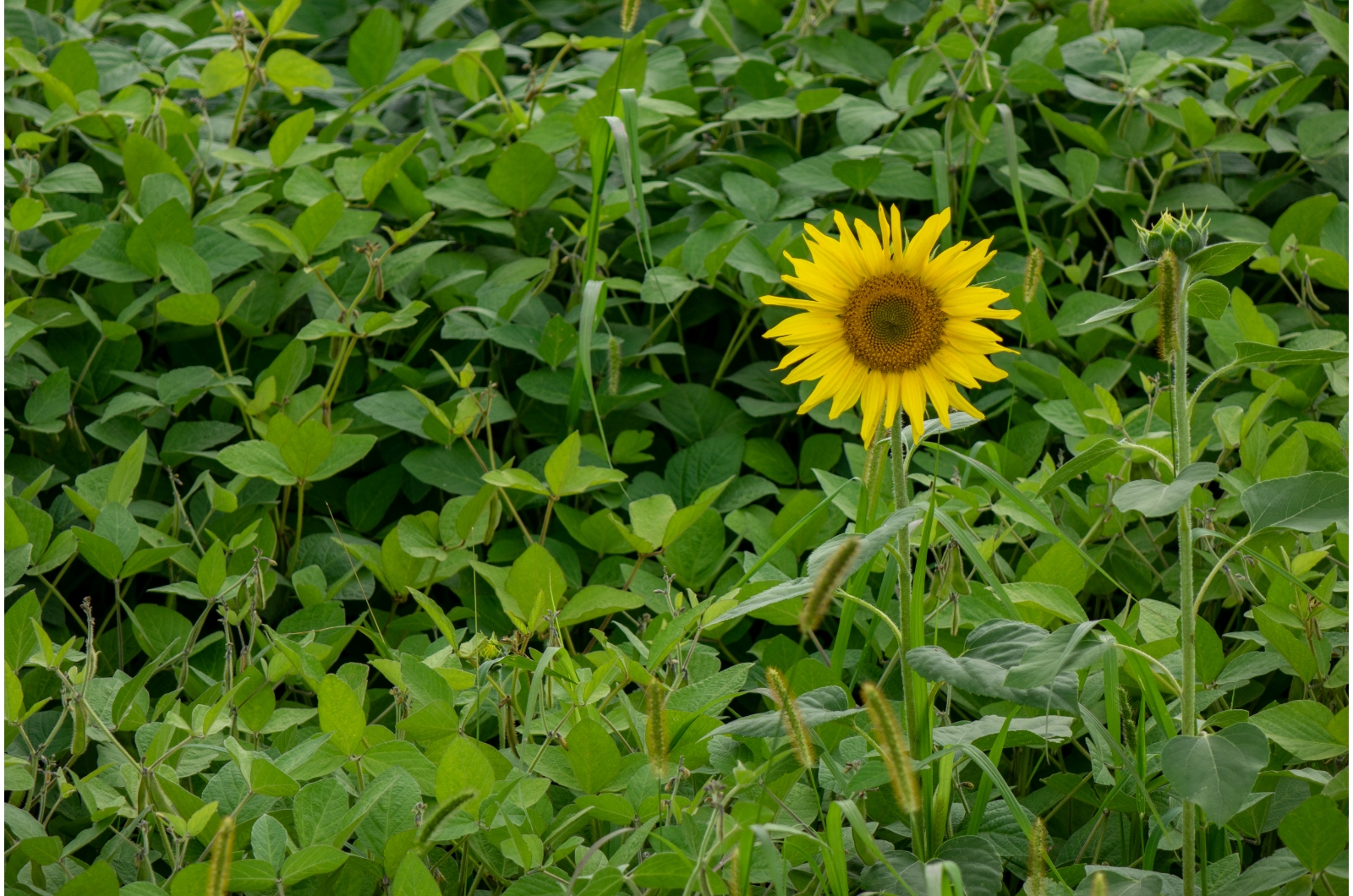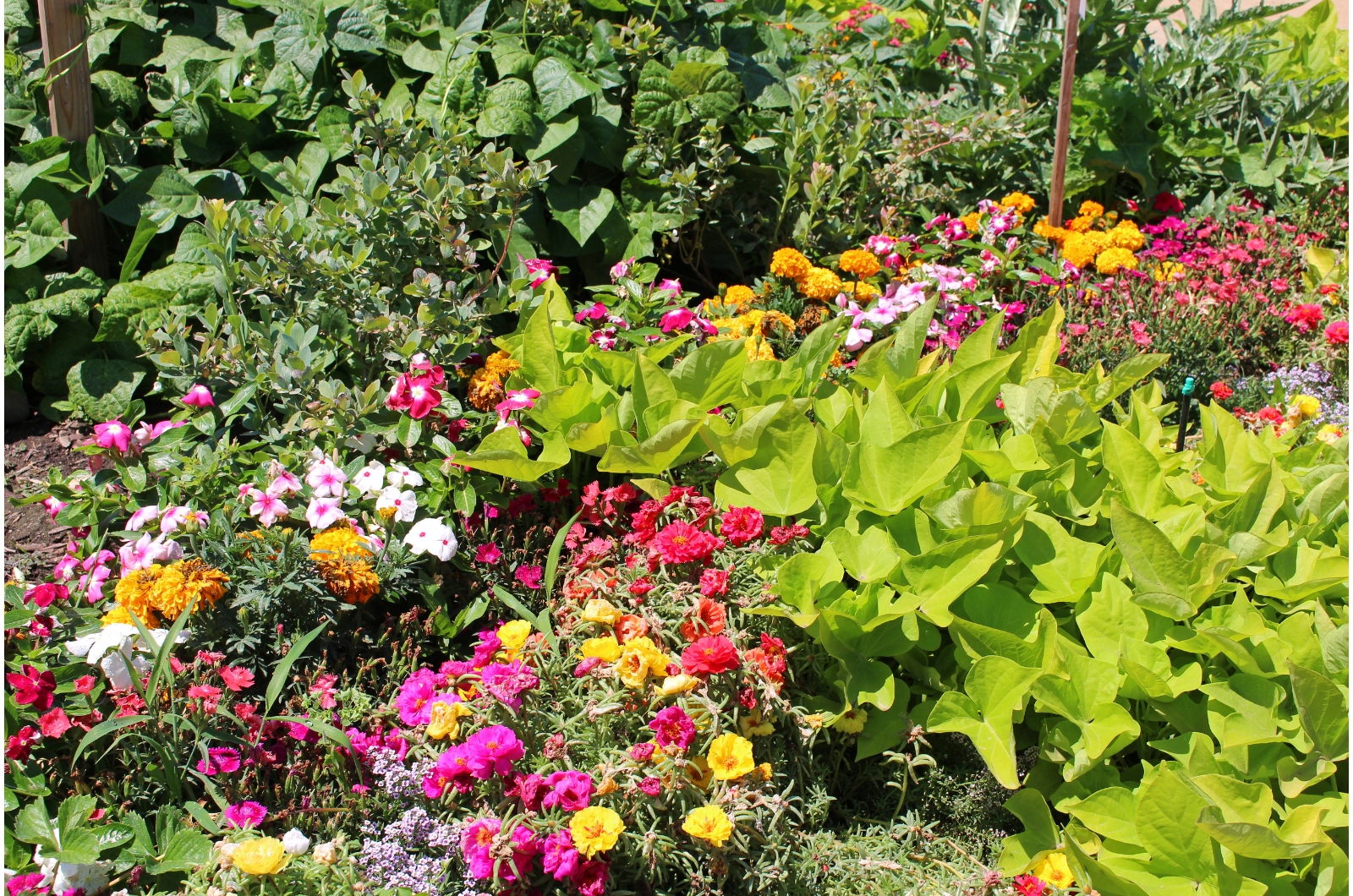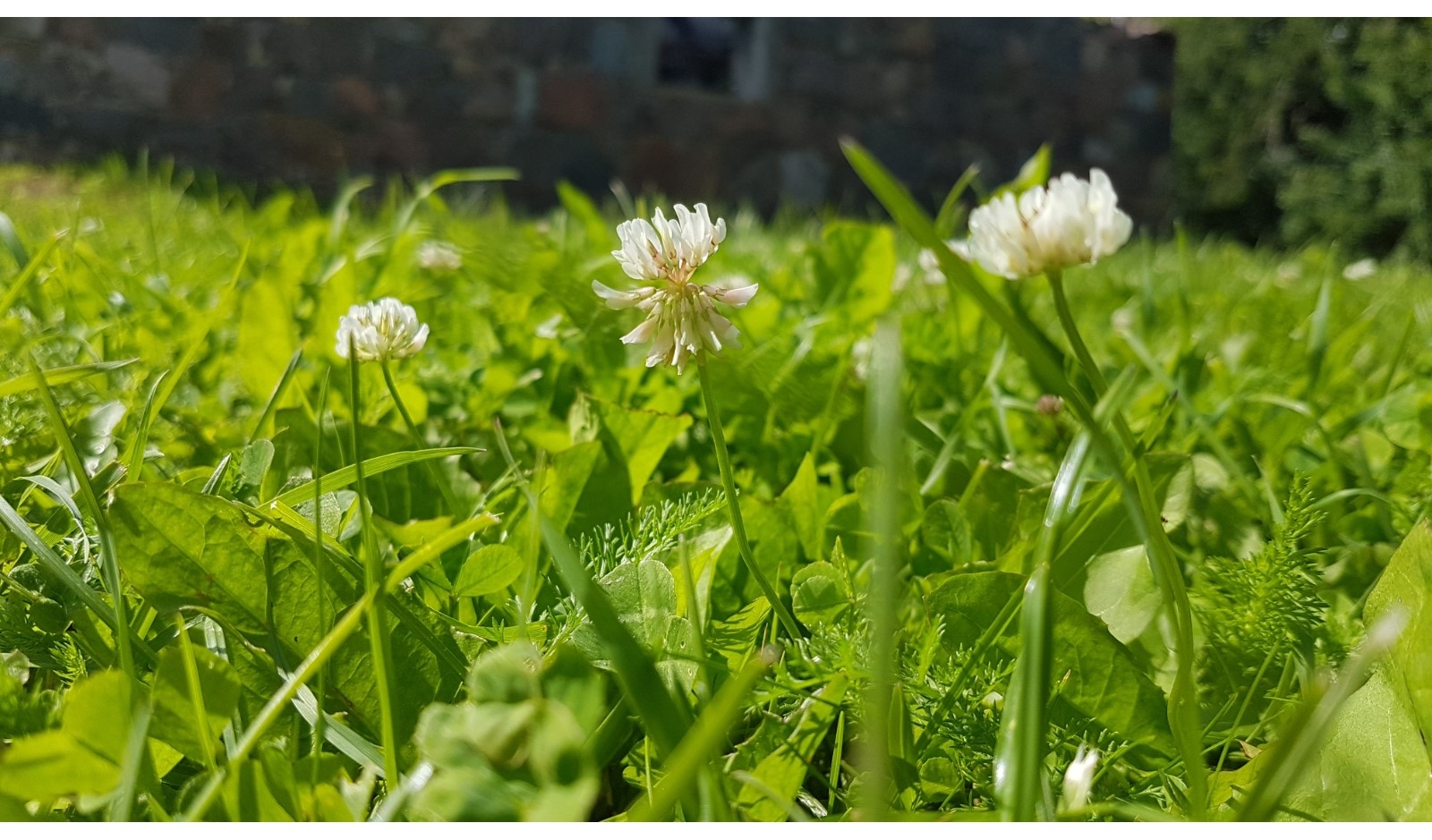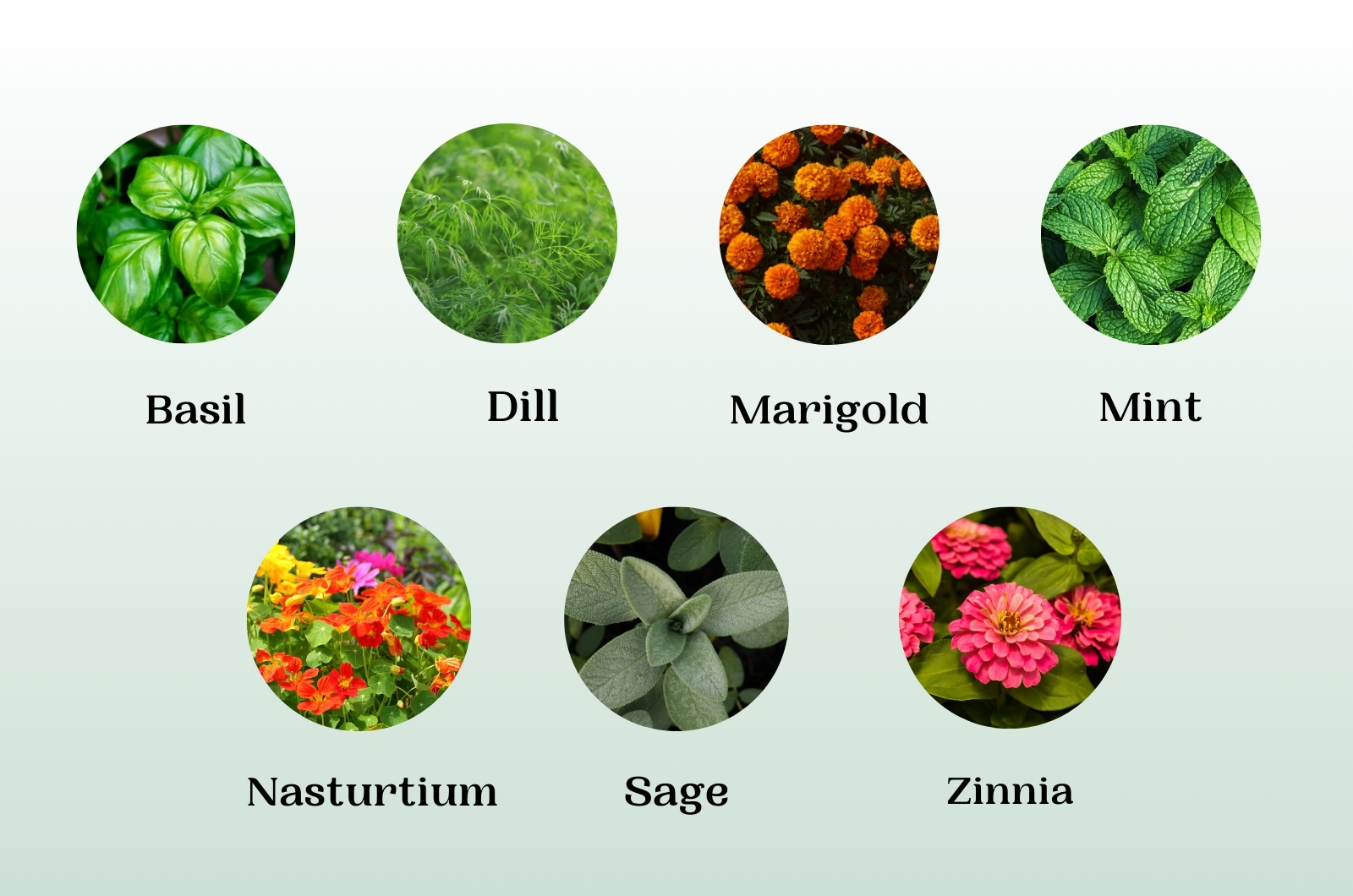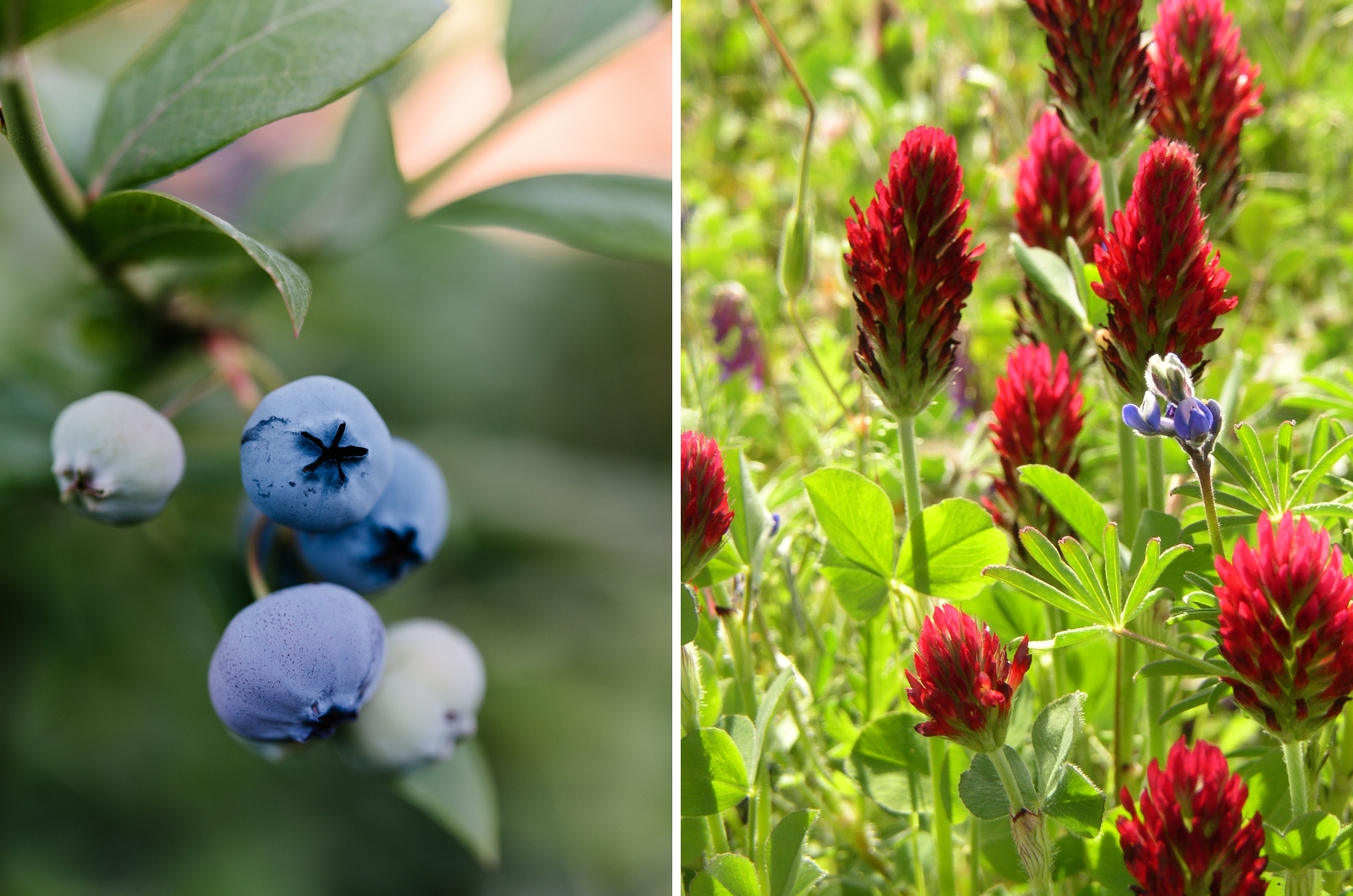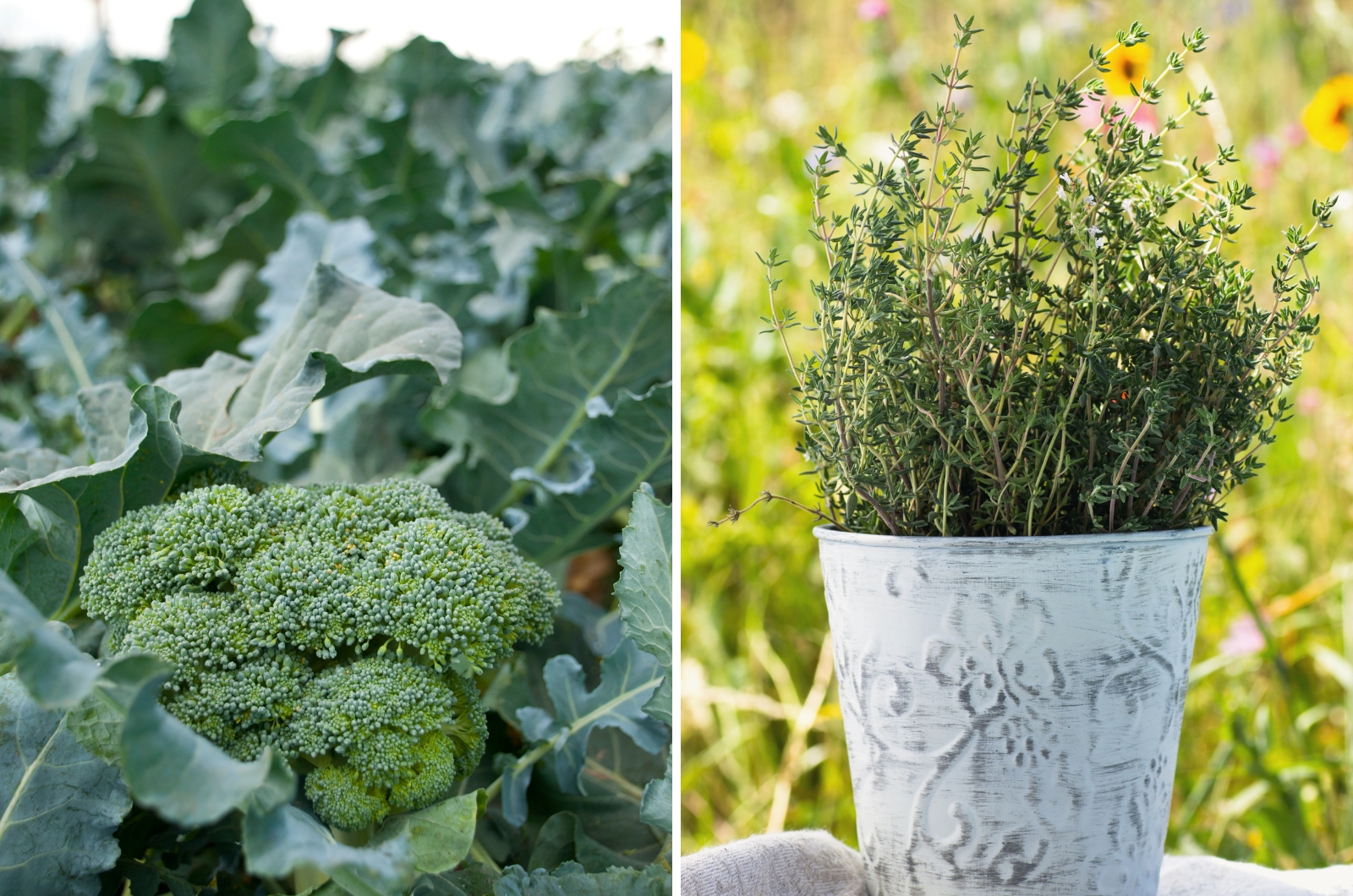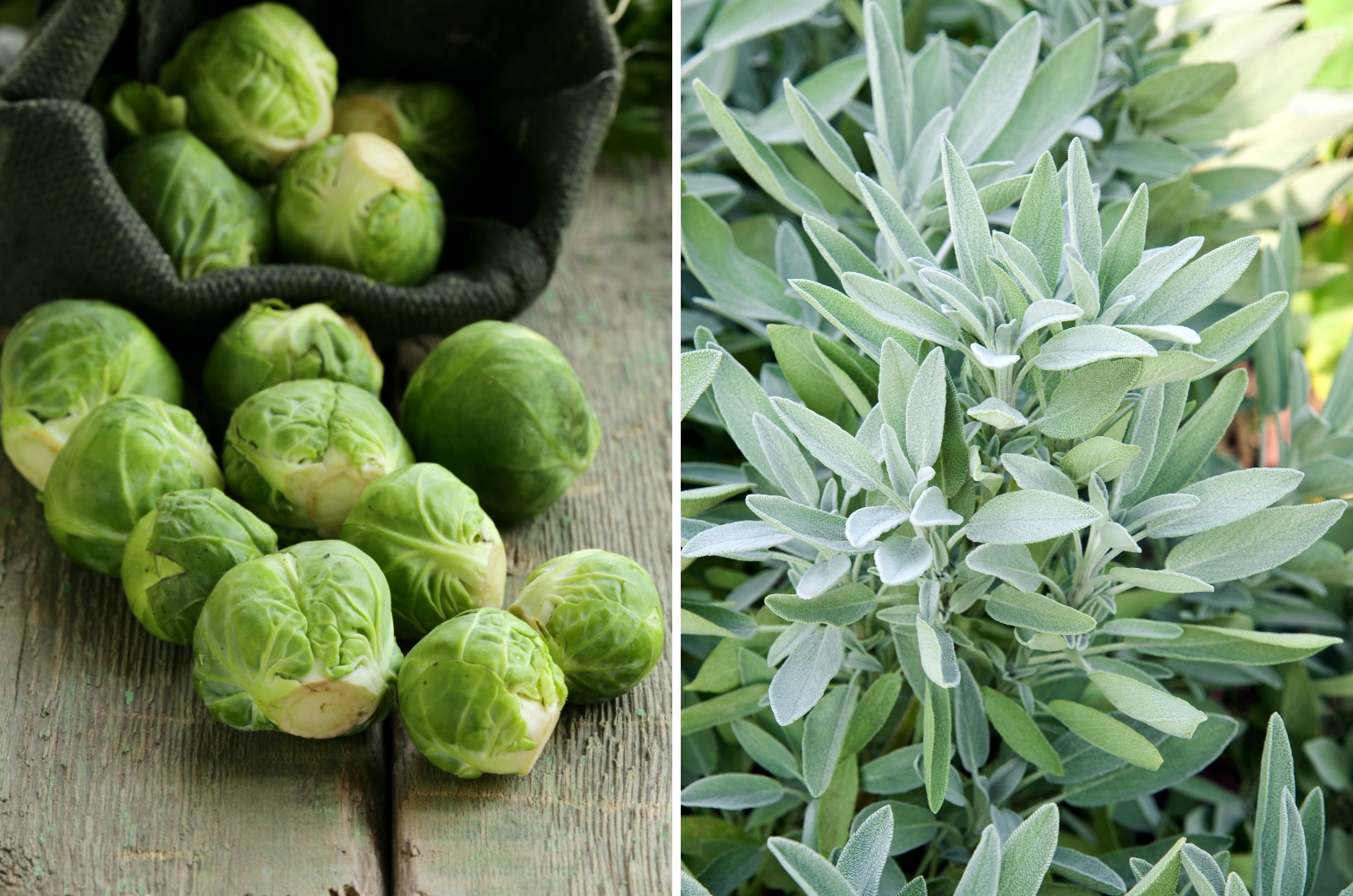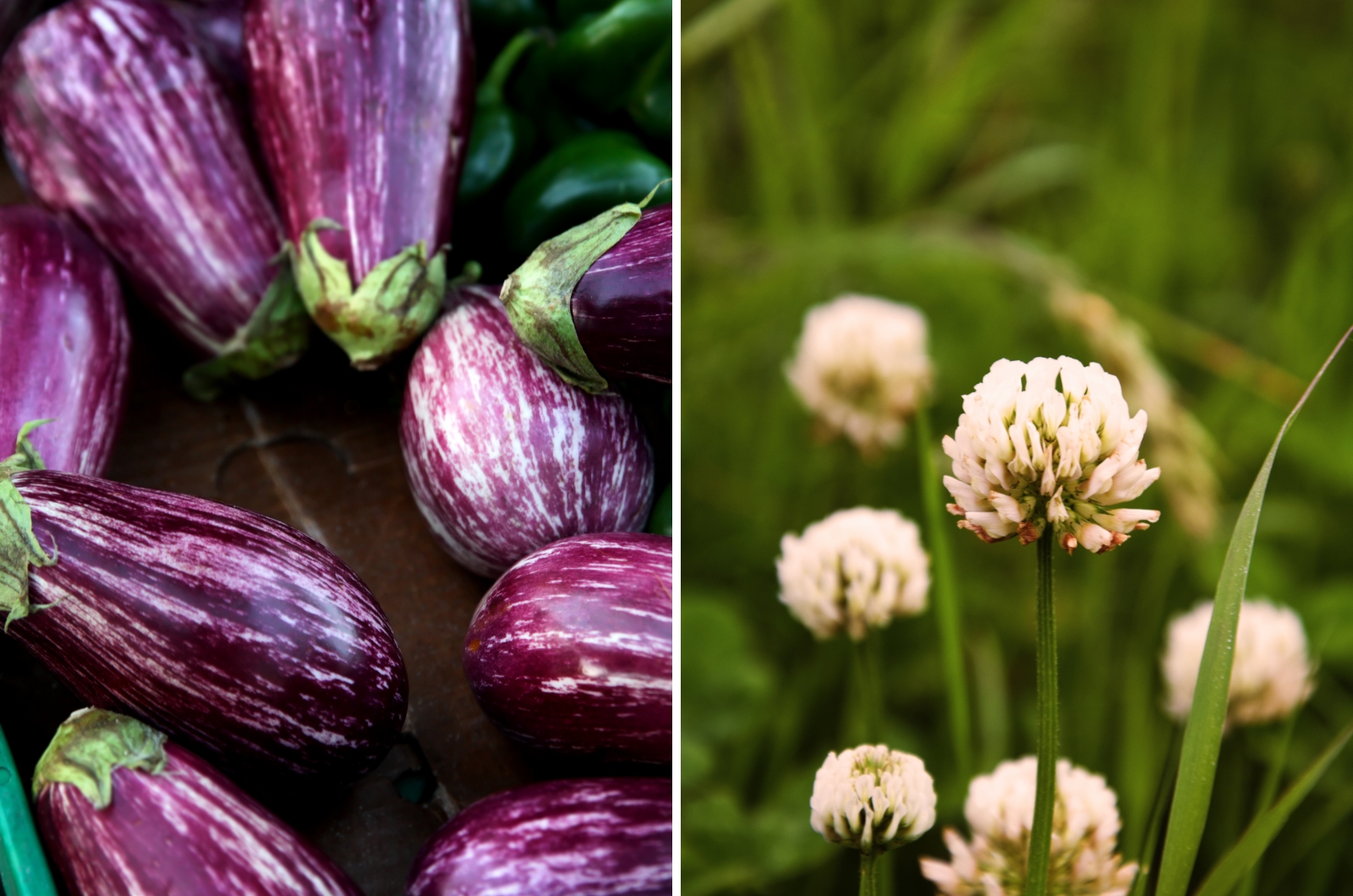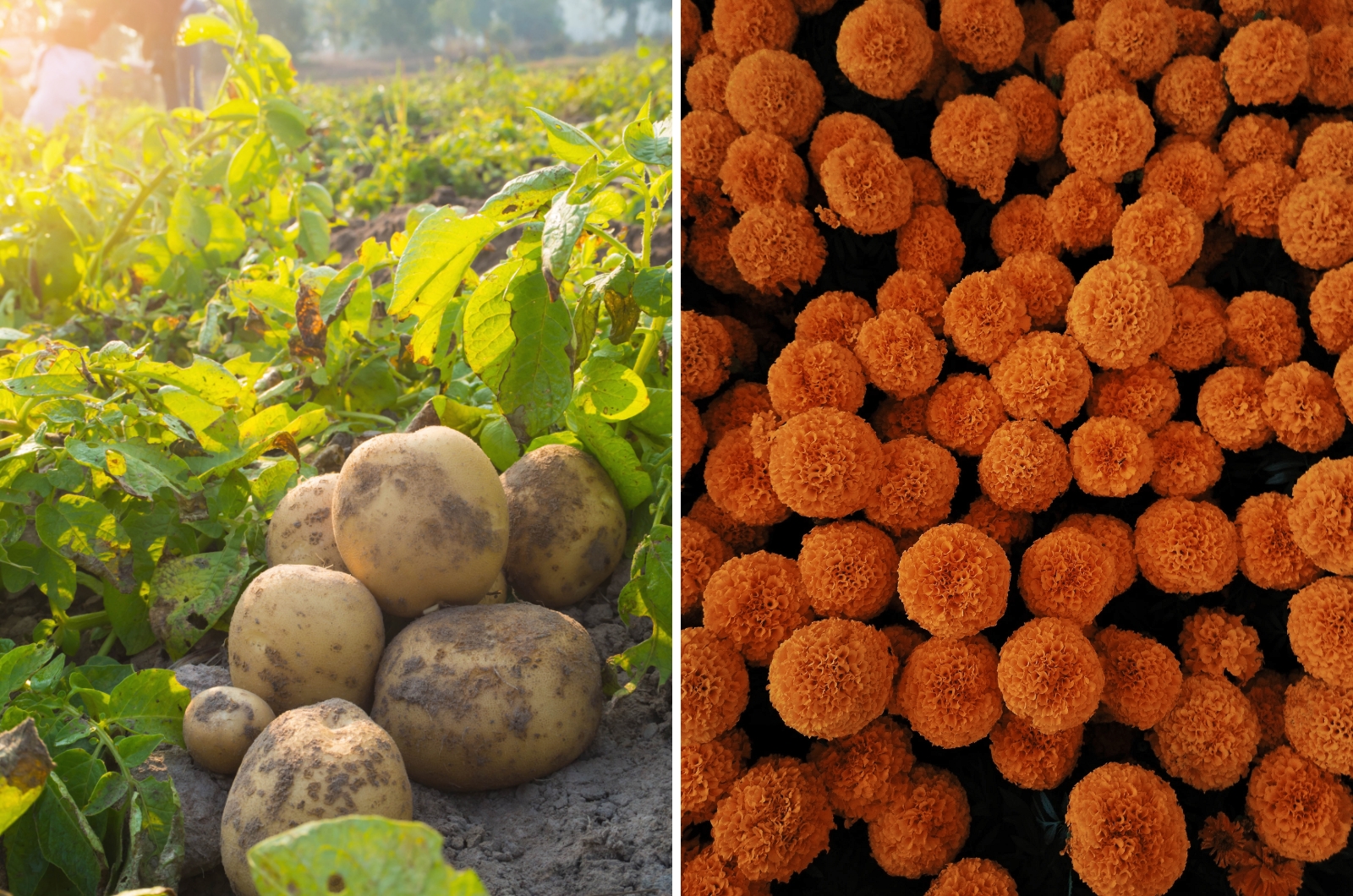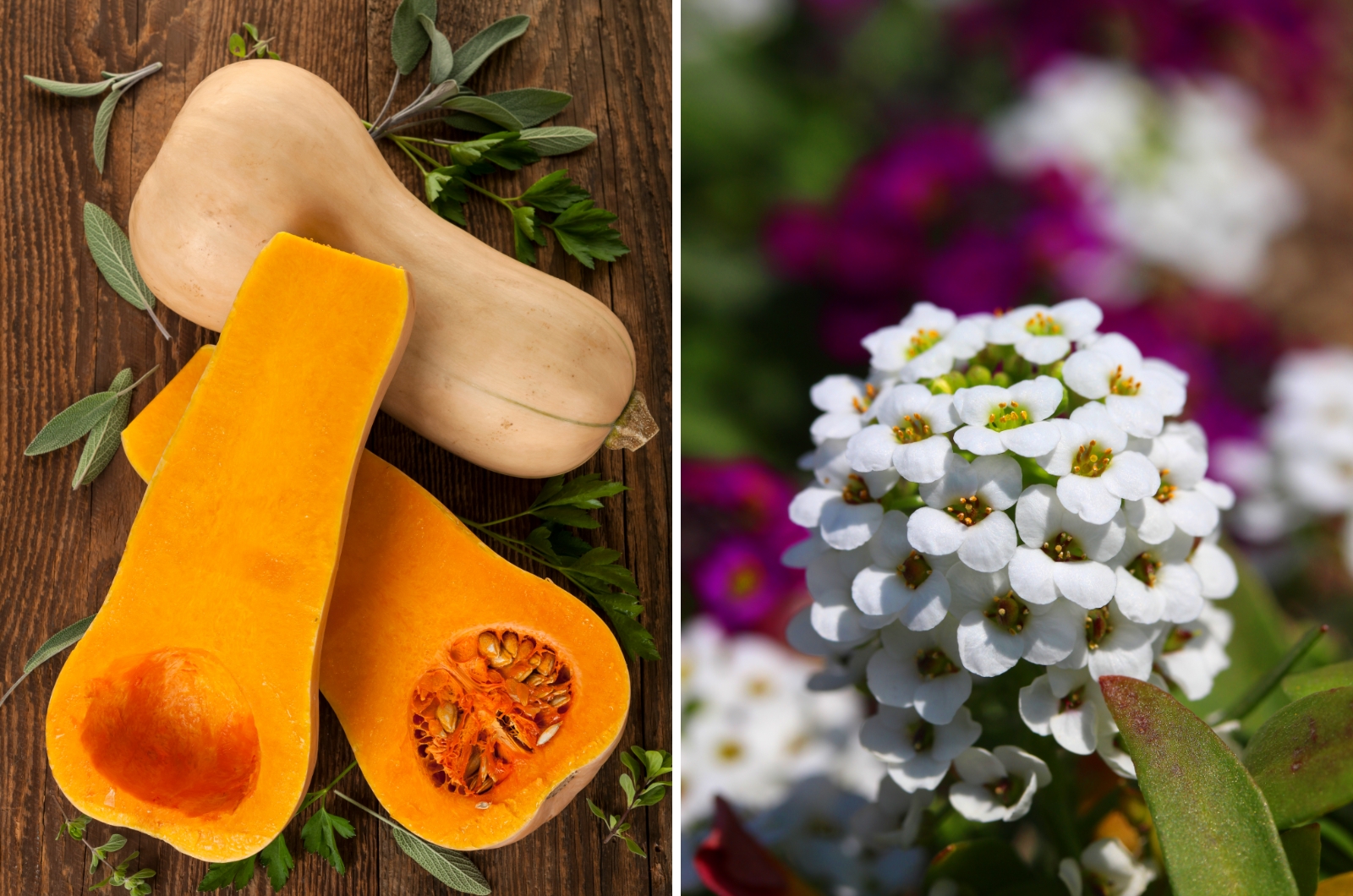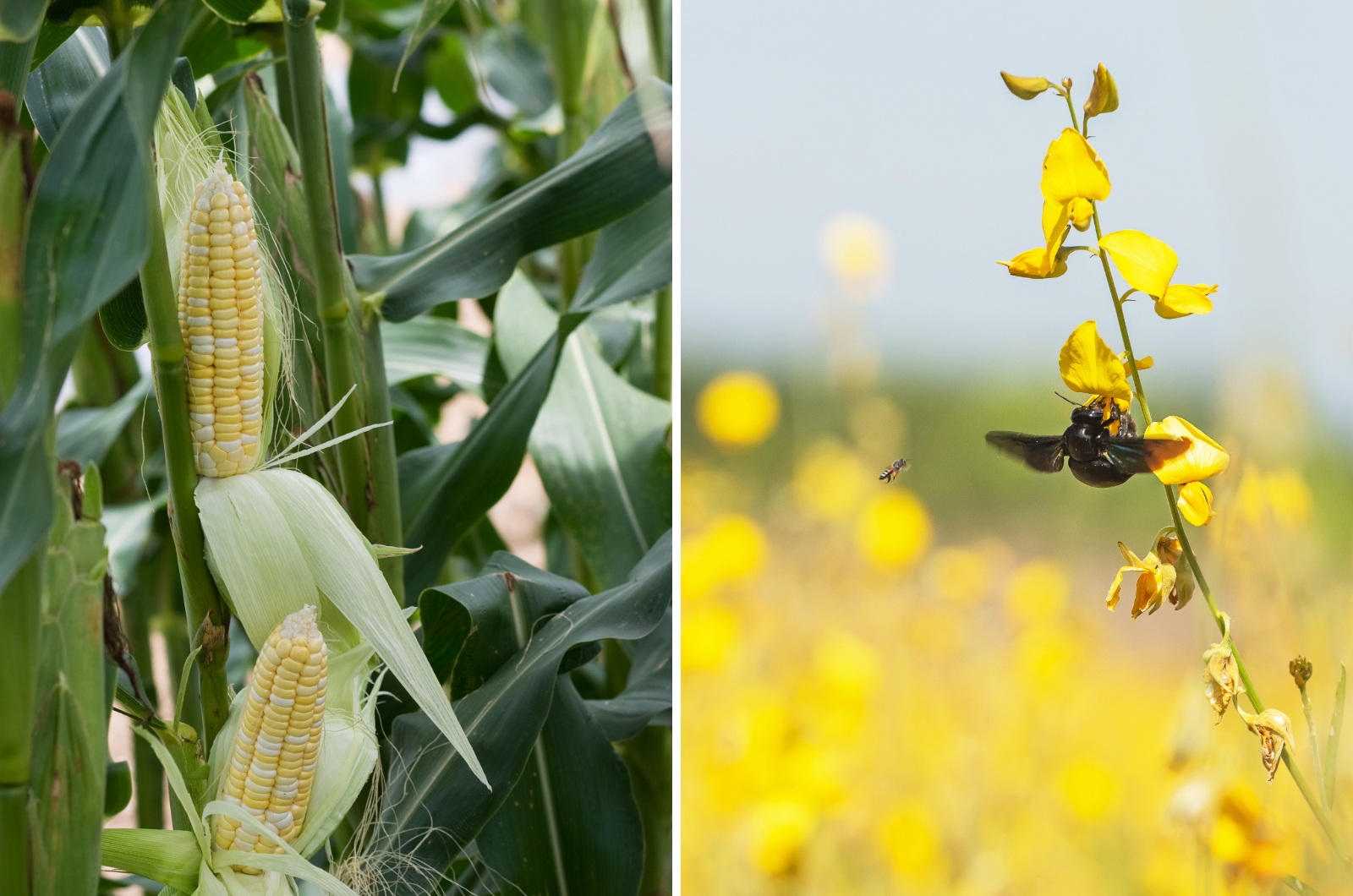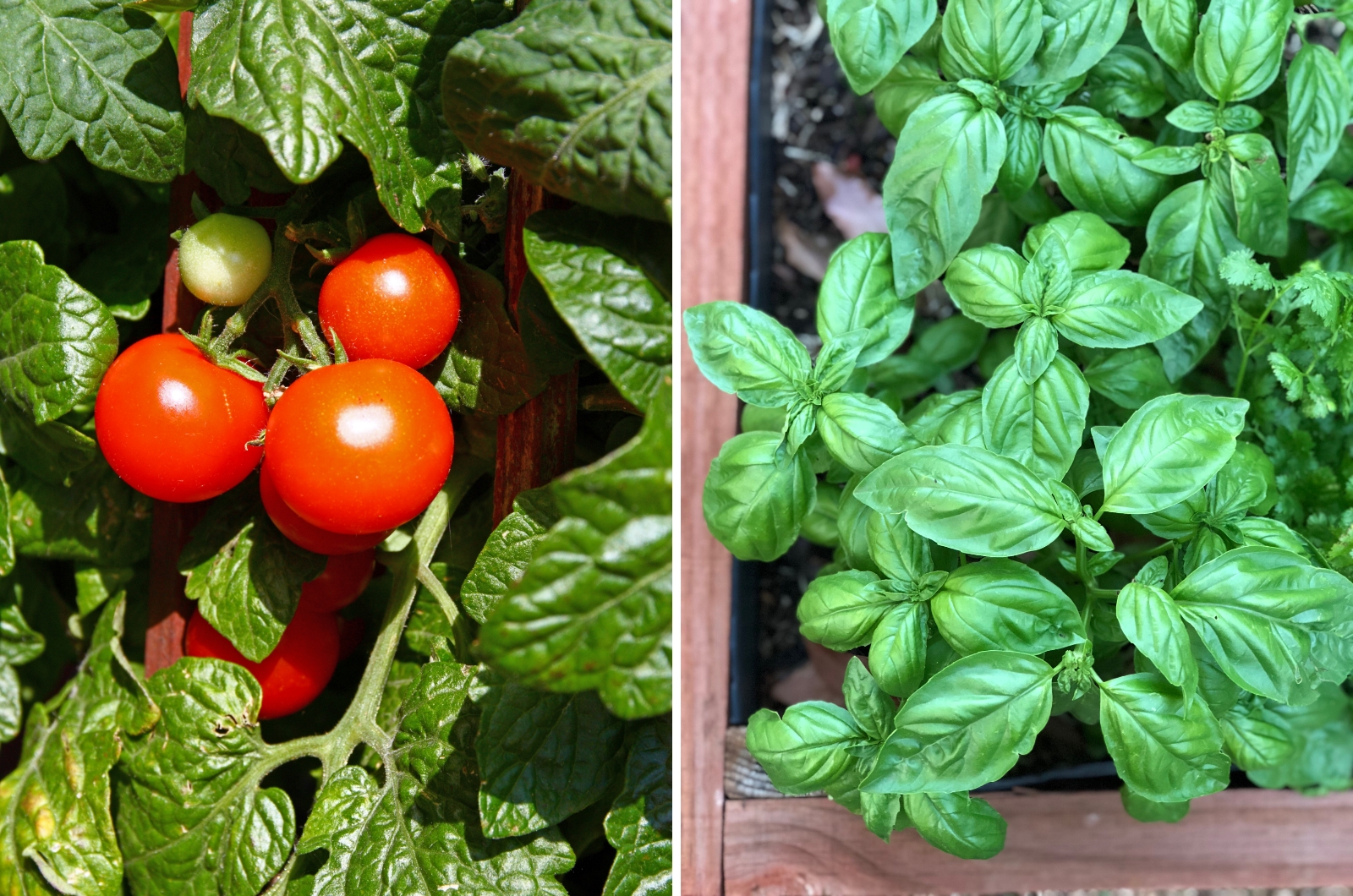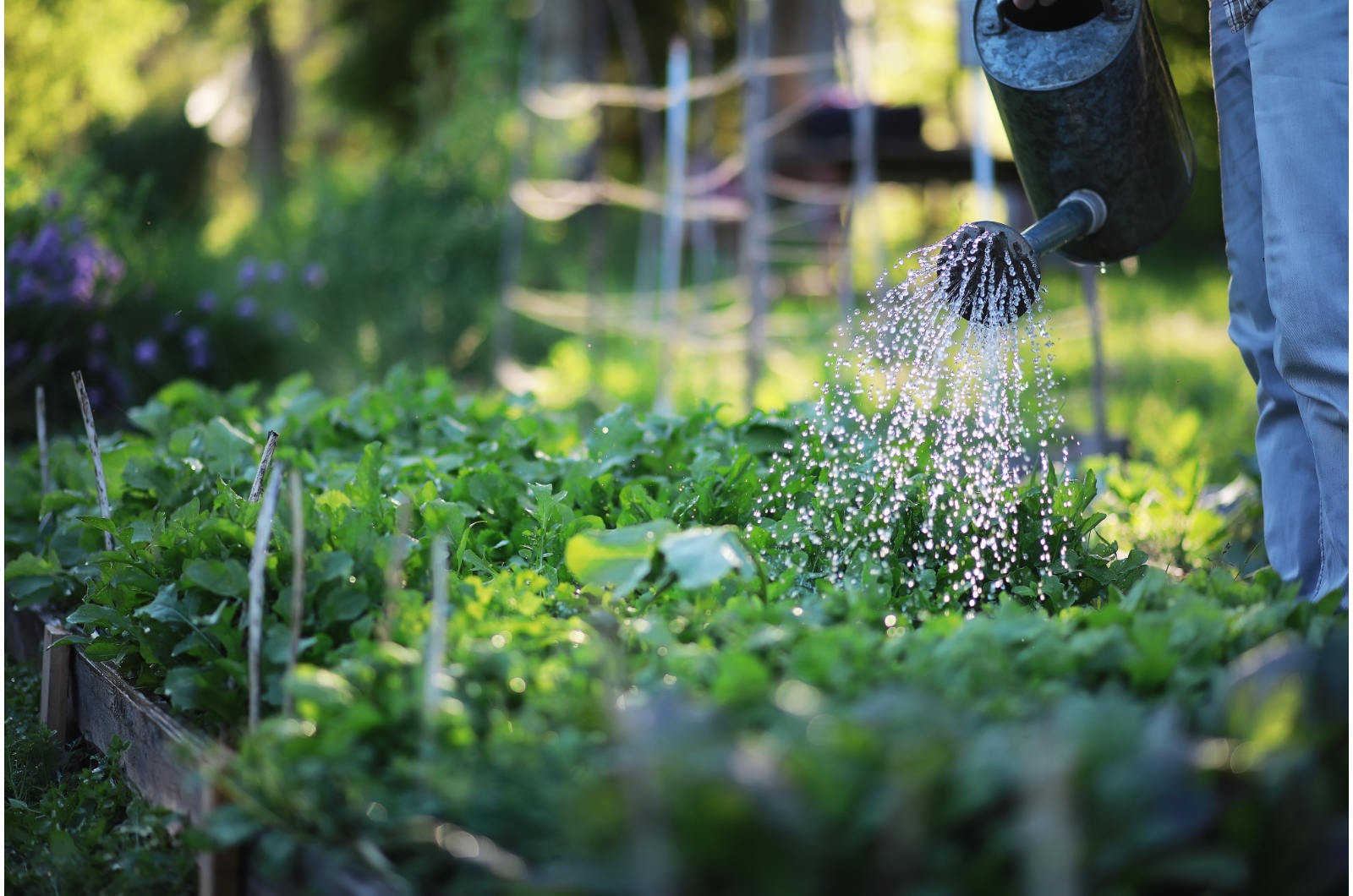Garden diversity will benefit your plants in so many ways. It will attract wildlife and make for healthier soil.
Yet, not all plant combinations are equal. Some work better than others, while some downright hamper the growth of their companions.
This process – known as companion planting in the gardening community – can make or break your garden. It can save your crops from pests, increase productivity, and keep your soil healthy.
Here’s what you need to know about it to become a pro like so many before you!
What Are Companion Plants?
Companion plants are those varieties that complement each other in terms of increased productivity, development, and growth.
For instance, some will attract pollinators to their companions, and others will repel pests or invite natural predators of those same bugs you want gone.
When looking for perfect companions, you have to look at their growth requirements. They need to be similar, yet some differences can make them grow better.
One plant may thrive with a certain nutrient while its neighbor doesn’t need it that much. These would be excellent companions because they wouldn’t compete for the same nutrients and hinder each other’s growth.
And if you’re not sure whether particular plants grow well together, you can always check the herb companion planting chart. Most vegetables love growing near these!
5 Benefits Of Companion Planting
Companion planting isn’t just a fun, new way of growing plants. It has proven benefits that can set your garden up for success.
The key is to find the right plant combinations, and you’ll increase your harvest by and large while reducing the amount of work you have to do in your vegetable plot.
Here’s how!
#1 Attracting Pollinators
We all know that flowers attract pollinators such as bees, bumblebees, butterflies, moths, hummingbirds, etc. All these insects and birds will transfer the pollen from one plant to another.
This process is more than helpful in your vegetable garden, where these flutters can pollinate your vegetables and ensure a large harvest. Lack of pollination can lead to deformed fruit and poor production. (1)
#2 Improving Soil Health
Companion planting keeps your soil healthy in more than one way. There are cover crops that fixate nitrogen and enrich the growing medium with this nutrient.
Growing plants together can also increase microbial activity and provide their communities with more nutrition, decreasing their competition. (2)
Root crops will break compacted soil and aerate them, while deep-rooted vegetables will draw moisture and nutrients from deeper regions, reducing the depletion of these things on the surface.
#3 Pest Control
Pest control is one of the main reasons we get into companion planting. There are multiple ways plants can help each other with this issue.
Some companions have strong scents that repel insects and wildlife. Others attract predatory bugs that will feed on pests.
There are those that exude certain substances into the soil that deter bugs. There are plants that simply look unappealing to pests. (3)
And some will act as a trap crop and sacrifice their lives for the good of the surrounding veggies.
#4 Mutual Support And Protection
There are many ways in which companions support each other. The best example that comes to my mind is the three sisters method.
Corn will provide makeshift trellises for beans to climb. Pumpkins will spread on the ground and act as a cover, reducing moisture loss and the need for frequent watering.
Beans will fixate nitrogen, corn acts as a visual repellent to squash vine borers, and squash will deter critters such as racoons from nibbling on corn.
Pretty cool, right?
Even if you don’t want to grow these exact vegetables together, you can still use the same principle. Combine taller plants to provide shade for the shorter ones. Use trailing varieties as a ground cover. And plant legumes to enrich the soil in nitrogen!
#5 Saving Space
Growing vegetables and flowers is a great way to save some space. You can grow them all in the same plot and enjoy the beauty and food they bring to the table.
Or you can grow short and long-season crops together. By the time you harvest your spinach and basil, the tomato and pepper canopies will develop. The good thing is that these companions won’t get in each other’s way.
#6 Weed Control
One of the things I hate doing around the garden is weeding. So, imagine my surprise when I first discovered you could combine cover crops with veggies!
The former will overcrowd the weed seeds and prevent them from germinating in the first place. And if some do pop out, they will choke them out, taking all the light, moisture, and nutrients weeds need to grow.
Another thing you can try is growing allelopathic plants near a weed-infested area. Alliums, fennel, and cereal cover crops can stunt the growth of weeds and inhibit their germination. (4)
Popular Flower Companions To Veggies
Basil – An amazing companion to asparagus since it repels asparagus beetles. Can attract ladybugs, which feed on aphids.
Dill – Attracts predators that feed on insects that attack cabbage.
Marigold – Perfect companion to almost any plant! It repels root knot nematodes, Mexican bean beetles, Japanese beetles, squash bugs, aphids, etc.
Mint – Repels cabbage moths, aphids, and ants.
Nasturtium – One of the favorite companions of cole crops and cucurbits. It deters pumpkin beetles, squash bugs, and aphids.
Sage – Keeps bean beetles, cabbage moths, and carrot flies away from your crops.
Zinnia – Gorgeous zinnia flowers attract various pollinators and ladybugs.
10 Top Combinations
If you want to begin companion planting, but don’t know where to start, here are ten ideas that can help you out.
#1 Blueberries & Crimson Clover
There are many blueberry companion plants you can opt for, but crimson clover is one of my favorites.
It will attract pollinators such as bees and bumblebees that will allow the blueberry to set fruit. It will also act as a groundcover and suppress weed growth.
Crimson clover can reduce the watering frequency by decreasing moisture evaporation from the soil.
#2 Broccoli & Thyme
Almost all brassicas go well with thyme. This herb will repel cabbage worms and loopers, reducing the damage they do to your crops.
You can also try growing this veg with trap crops. In fact, growing broccoli with 3+ other species works better for managing pests than interplanting it with a single plant. (5)
#3 Brussels Sprouts & Sage
There are many sage companion plants you can choose from. Brussels sprouts are one of the best.
Sage has the ability to reduce the population of diamondback moths, which can wreak havoc on your Brussels sprouts.
#4 Cabbage & Nasturtiums
Growing cabbage and nasturtiums together is nothing new. This flower can act as a trap crop and keep your cabbage plants safe from cabbage loopers and worms.
One of the things I love about nasturtiums is that you can use them for salads and other dishes – if they survive the infestation.
#5 Eggplants & White Clover
Nightshades love white clover. I’m talking about peppers, potatoes, tomatoes, and eggplants.
White clover will attract numerous pollinators that will ensure you get a high yield. It can also invite beneficial bugs that feed on aphids and other pests.
Also, white clover is a ground cover. It will spread around your garden and suppress weed growth. This ability allows it to reduce evaporation from the soil as well, reducing your watering chores.
#6 Potatoes & Marigolds
This combo isn’t just for show! Marigolds have a secret superpower that can keep many of your vegetables safe – potatoes included.
It can suppress root-knot nematodes, which will decimate your potato crop if not caught on time. (6)
Marigolds do this by acting as a trap crop, releasing certain chemicals into the soil, etc. It all depends on the plant and parasite variety.
#7 Squash & Sweet Alyssum
Intercropping squash and other vegetables with sweet alyssum has multiple benefits. This plant has the ability to attract hoverflies – natural predators of aphids. (7)
It also encourages biodiversity, attracting other pollinators in the process. They can ensure that your squash vines produce a large harvest, and pay off that way.
#8 Sweet Corn & Sunn Hemp
Interplanting sweet corn with sunn hemp can increase your harvest by and large. This flowering plant can ward off corn earworm by attracting their natural predators.
And the best part is that sunn hemp isn’t the only plant with this ability. You can intercrop sweet corn with cowpeas and buckwheat to get the same results.
#9 The Three Sisters
One of the most common techniques out there is the three sisters companion planting method. It involves growing corn, beans, and pumpkins for mutual benefits.
Corn will provide stakes for beans to climb, discourage squash bugs, and cast a nice shade during hot afternoons.
Beans will fixate nitrogen and prevent the depletion of this nutrient any time soon.
Finally, pumpkins will spread all over the ground and act as a groundcover, reducing water loss from the soil and the need for frequent irrigation. They can also ward off scavengers such as racoons, which feed on corn grains.
#10 Tomatoes & Basil
There are many tomato companion plants, but none trumps the benefits that basil can provide.
This herb can attract pollinators when it flowers and increase the yield of your tomatoes. It can also reduce the population of thrips, which can wreak havoc on this vegetable.
Finally, basil can even promote tomato growth.
What’s better than that?
Watering Companion Plants
Irrigation doesn’t have to be an issue when growing companion plants. Group them together by their watering needs, and that’s it.
For instance, combine deep-rooted plants like asparagus and tomatoes. They require infrequent, yet deep watering.
Moderate- and shallow-rooted plants such as chards and beans enjoy more frequent irrigation.
Drip-watering systems work perfectly in these situations because plants with shallow roots don’t need deep irrigation. Wetting the first few inches of soil is more than enough.
References:
1. Pollination Problems of Vegetables (2023). UMD Extension.
2. Gao, J. & Zhang, F. (2023). Influence of Companion Planting on Microbial Compositions and Their Symbiotic Network in Pepper Continuous Cropping Soil. Journal of Microbiology and Biotechnology.
3. Hoidal, N. (2021). Companion Planting in Home Gardens. UMN Extension.
4. Frick, B. & Johnson, E. (2002). Using Allelopathic and Cover Crops to Suppress Weeds. Dalhousie University: Organic Agriculture Centre of Canada, Faculty of Agriculture.
5. Parker, J. E., Crowder, D. W., Eigenbrode, S. D., & Snyder, W. E. (2016). Trap Crop Diversity Enhances Crop Yield. Agriculture, Ecosystems & Environment.
6. Krueger, R., Dover, K. E., McSorley, R., & Wang, K. H. (2019). Marigolds (Tagetes spp.) for Nematode Management. UF IFAS Extension.
7. McIntyre, T. et. al. (2023). A Florida-Friendly Landscaping™Approach to Pest Management in Your Edible Landscape. UF IFAS Extension.

